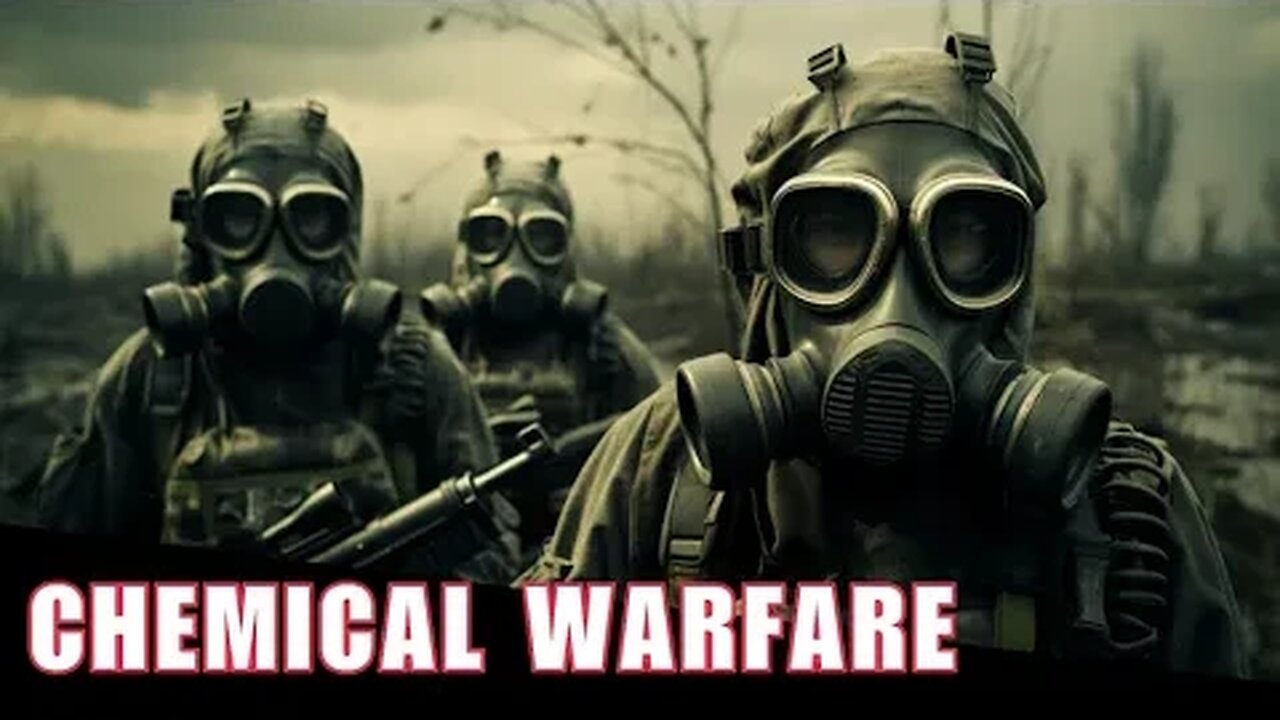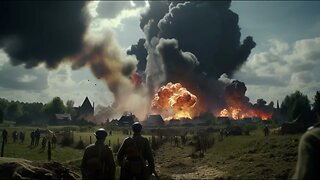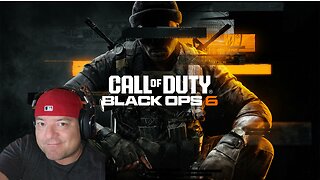Premium Only Content

Unveiling the Dark History of Chemical Warfare in WWI: From Chlorine Gas to Legacy
Explore the chilling history of Chemical Warfare in World War I, from the first use of chlorine gas to its lasting legacy and international condemnation. This video delves into the evolution of deadly gases, defensive measures, and the impact on trench warfare. Uncover the ongoing global efforts to prevent the resurgence of chemical warfare.
===============================
SUBSCRIBE TO THIS CHANNEL FOR MORE WORLD WAR STORIES:
https://www.youtube.com/@worldwarstory
===============================
TIMESTAMPS:
0:05 - Chapter 1: The Prelude
0:50 - Chapter 2: The Race for Deadlier Gases
1:28 - Chapter 3: Defensive Measures
2:05 - Chapter 4: Trench Warfare and Stalemate
2:42 - Chapter 5: International Condemnation
3:20 - Chapter 6: Escalation and Retaliation
3:57 - Chapter 7: The End of the War and Legacy
4:39 - Chapter 8: The Ongoing Threat
Chemical Warfare:
Chemical warfare in WWI introduced a new dimension of horror to the battlefield. The history of chemical warfare is a chilling reminder of the devastating effects of toxic gases. Soldiers in WWI had to adapt to the constant threat of chemical warfare attacks. The use of chemical weapons in World War I led to significant international concern and condemnation. The development and deployment of various toxic agents marked a dark chapter in military history.
World War I:
World War I, also known as the Great War, was one of the deadliest conflicts in history. The trenches of World War I witnessed some of the most brutal and protracted battles. The Treaty of Versailles, which ended World War I, had a profound impact on the world order. The use of chemical weapons in World War I left a lasting scar on the collective memory of the conflict. World War I marked a turning point in the evolution of modern warfare and diplomacy.
International Condemnation:
International condemnation of chemical warfare during WWI led to diplomatic efforts to restrict its use. Nations around the world voiced their outrage at the inhumane nature of chemical weapons. The global community came together to denounce the use of toxic gases on the battlefield. International condemnation played a crucial role in shaping post-war disarmament agreements. The horrors of chemical warfare garnered widespread international condemnation and calls for action.
Trench Warfare:
Trench warfare in World War I was characterized by grim and static front lines. Soldiers in the trenches endured harsh conditions, constant shelling, and the threat of gas attacks. The intricate network of trenches was a defining feature of the Western Front during WWI. Trench warfare tactics involved a complex system of fortifications and defensive measures. The use of chemical weapons added a new layer of terror and suffering to the already challenging life in the trenches.
Chemical Weapons Legacy:
The legacy of chemical weapons from WWI continues to influence disarmament efforts. The use of chemical weapons left a lasting mark on the history of warfare and diplomacy. The Chemical Weapons Convention stands as a testament to the legacy of past chemical warfare. Efforts to prevent the resurgence of chemical weapons are deeply rooted in their historical legacy. The enduring legacy of chemical weapons serves as a reminder of the importance of international cooperation in preventing their use.
Disclaimer:
In our Bio - https://www.youtube.com/@worldwarstory
#ChemicalWarfare #WWIHistory #ChemicalWeaponsLegacy #WorldWar1Conflict #InternationalCondemnation
-
 4:57
4:57
World War Stories
1 year ago $0.04 earnedTriumph and Transformation: How the 1914 Battle of Tannenberg Ignited German Confidence in World War
237 -
 LIVE
LIVE
Fresh and Fit
3 hours agoMyron TRIGGERED Rubi Rose Over This!
6,250 watching -
 LIVE
LIVE
TheSaf3Hav3n
2 hours agoCALL OF DUTY: BLACK OPS 6 | A QUIET PLACE: THE ROAD AHEAD | #RumbleTakeOver
434 watching -
 LIVE
LIVE
TheNateVibez
1 hour agoOmni-🤖 - First Rumble Stream.🫡 - VETERAN
874 watching -
 LIVE
LIVE
Tundra Gaming Live
6 hours ago $0.36 earnedThe Worlds Okayest War Thunder Stream//FORMER F-16 MAINTAINER//77th FS//#rumblefam
245 watching -
 LIVE
LIVE
DemolitionDx
2 hours agoSunday night COD with friends.
521 watching -
 2:10:14
2:10:14
vivafrei
12 hours agoEp. 237: More Trump Cabinet Picks! MAHA or Slap in the Face? Canada on Fire! Go Woke Go Broke & MORE
154K181 -

SOLTEKGG
2 hours ago $1.63 earned🟢 First Day on RUMBLE!
21.6K -
 LIVE
LIVE
Vigilant News Network
6 hours agoCOVID-Vaccinated Hit With Grave New Reality | Media Blackout
2,448 watching -
 1:26:31
1:26:31
Josh Pate's College Football Show
5 hours ago $1.44 earnedSEC Disaster Saturday | Major CFP Earthquake Coming | Officiating Is A Disaster | New Studio Debut
16.1K